Babington House served as the local
workhouse between 1724-1829.
Here is a description of conditions in Wirksworth workhouse in 1795.
The State of the Poor:
A History of the Labouring Classes in England,
with Parochial Reports, 1797.
by Sir Frederic Morton Eden.
"The Workhouse is an old building, not originally intended for the purpose;
it is not in a good situation, but as far as its construction will permit,
kept clean and airy. The following is the weekly diet :
Breakfast-Sunday, Wednesday, Friday-Bread and broth; rest of the week-Milk
pottage. Dinner-Sunday, Wednesday, Friday-Bread, broth, butcher's meat,
potatoes, etc. ; Monday-Baked puddings and treacle sauce; Tuesday, Thursday,
Saturday-Bread and milk. Supper-Milk pottage and bread every day. On meat
days the proportion is at 20 lbs. meat for 30 persons. The children are
kept very clean, and are instructed in their catechism, reading, etc. Few
of the inmates are able to work, those who are spin lint, tow, etc., for
the use of the house. They are allowed one penny for every 7d. of spinning.
The rooms are of various sizes, and contains 2 to 7 beds each. The beds
and pillows are filled with chaff, and have 2 sheets, 1 blanket, and 1
coverlet. There are at present 28 persons in the house, 12 under 7 years
of age. Subscriptions for the Poor last winter (1794-5) amounted to £60,
which were laid out in purchasing coal, beef, and potatoes. The Poor in
the Workhouse have oat bread, but no beer or cheese, except at Christmas.
A sort of gruel called water pottage, consisting of a small proportion of
oatmeal, and a small onion boiled with water, was eaten with bread twice
and sometimes thrice a day by many people in this neighbourhood. It was
much used during the late hard season. The cost of such a meal was
about 1¼d. for each adult. Several small donations, amounting to
£45 10s., are distributed yearly among the Poor who do not receive
any parish relief."
Eden's reputation as a social investigator rests on
The State of the Poor, published in 3 volumes in 1797.
He explained the circumstances that led him to do the research
"The difficulties which the labouring classes experienced, from the high
price of grain, and of provisions in general, as well as of clothing and
fuel, during the years 1794 and 1795, induced me, from motives both of
benevolence and personal curiosity, to investigate their conditions in
various parts of the kingdom."
|
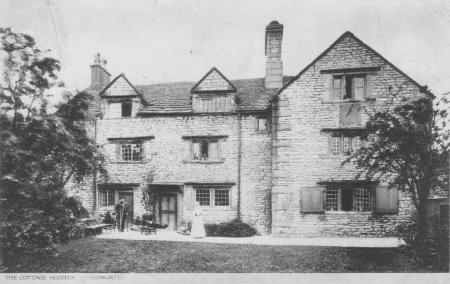
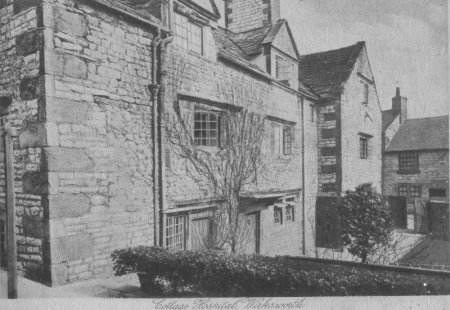
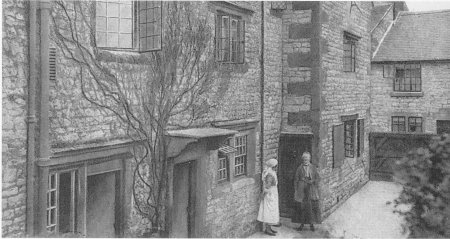
 Click on photo for enlargement (on CD only)
Have any more information about this photo?
Please e-mail the author on:
Click on photo for enlargement (on CD only)
Have any more information about this photo?
Please e-mail the author on:
 Enlargement - two patients and a nurse.
Enlargement - two patients and a nurse.
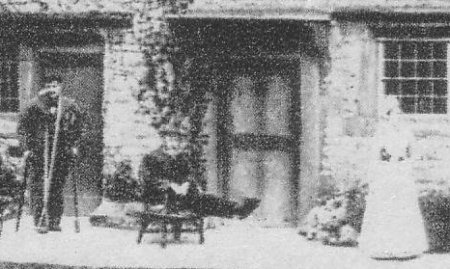 The sundial on the wall
The sundial on the wall
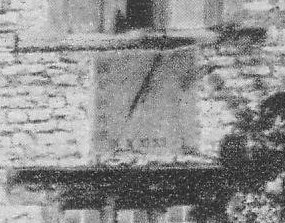 A drawing of the House.
A drawing of the House.
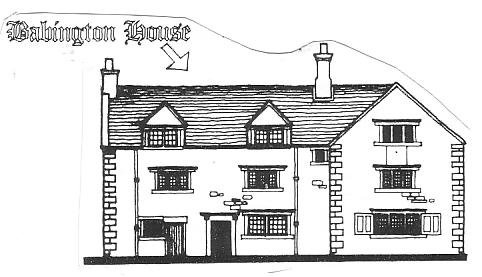
 Click on photo for enlargement (on CD only)
Have any more information about this photo?
Please e-mail the author on:
Click on photo for enlargement (on CD only)
Have any more information about this photo?
Please e-mail the author on:
 Enlargement - two patients and a nurse.
Enlargement - two patients and a nurse.
 The sundial on the wall
The sundial on the wall
 A drawing of the House.
A drawing of the House.

 Click on photo for enlargement (on CD only)
Have any more information about this photo?
Please e-mail the author on:
Click on photo for enlargement (on CD only)
Have any more information about this photo?
Please e-mail the author on:
 Enlargement - two patients and a nurse.
Enlargement - two patients and a nurse.
 The sundial on the wall
The sundial on the wall
 A drawing of the House.
A drawing of the House.
